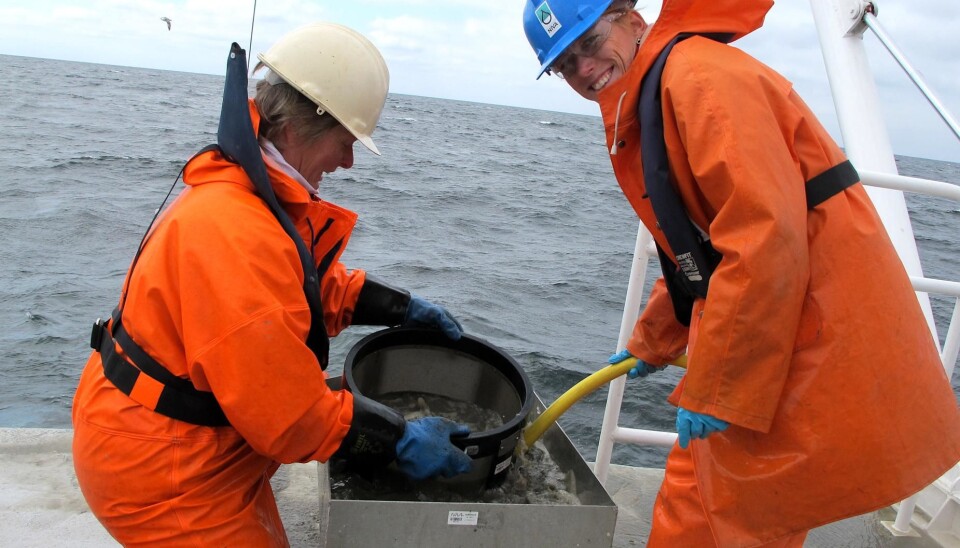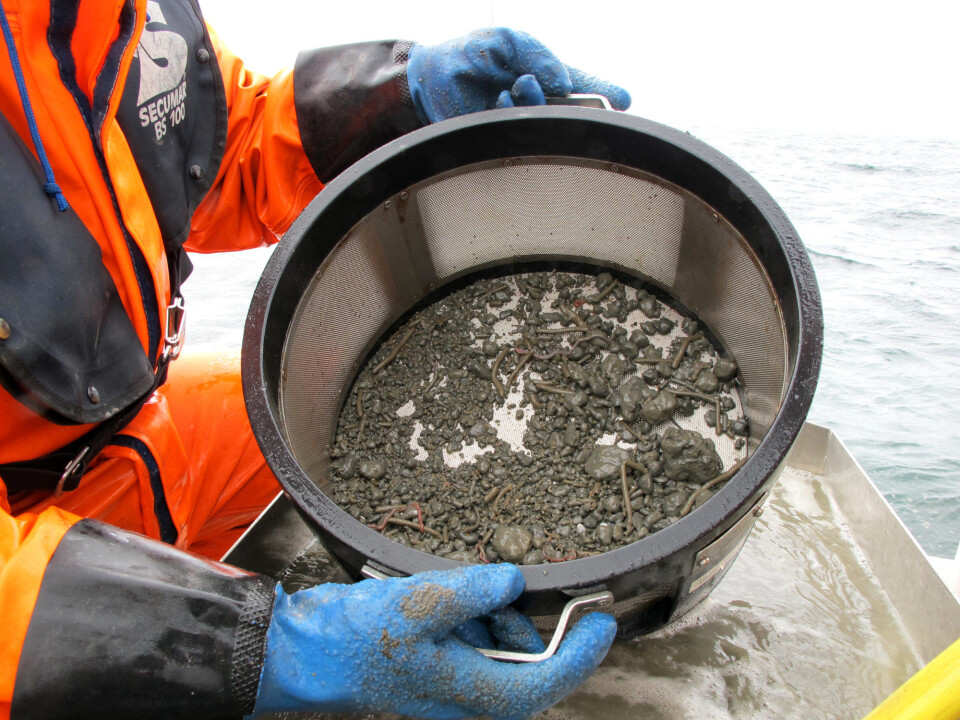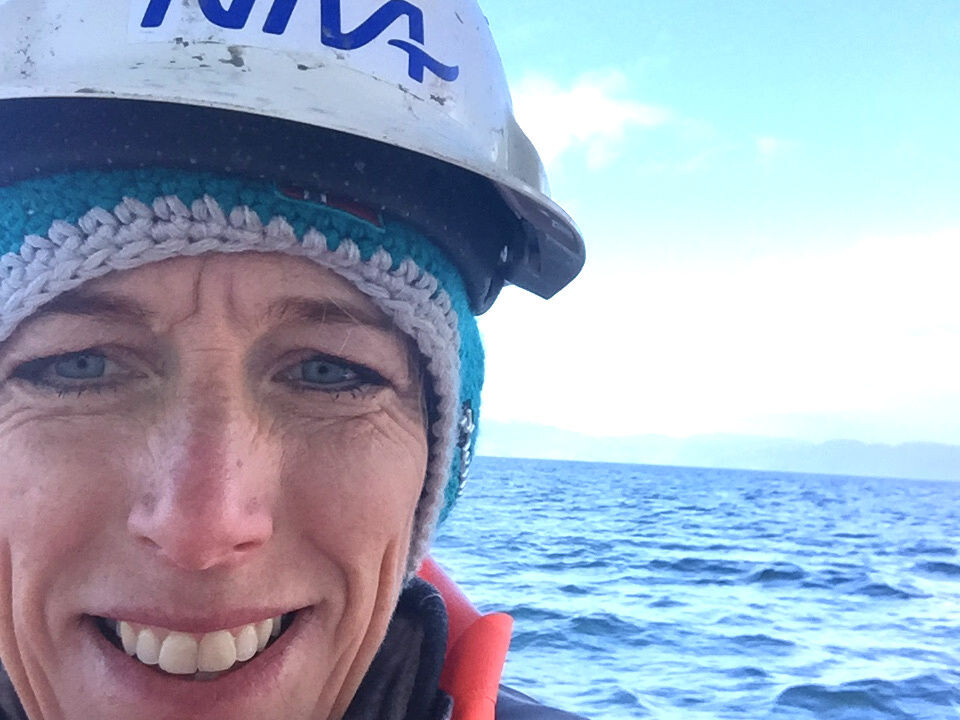An article from NIVA - Norwegian Institute for Water Research

Improved fauna at the soft bottom in Skagerrak
Reductions of nutrients have led to a greater species richness at the seafloor in the Skagerrak after 1990. But warmer winter temperatures and increased river runoff might be the new challenges for the animal life at the soft bottom.
Over a 20-year period, the Norwegian Institute for Water Research (NIVA) has monitored annelids, molluscs, brittle stars and other soft bottom dwelling animals in Skagerrak.
"Overall, there has been an improvement for the soft bottom fauna. This indicates large-scale changes for the species richness all over the Norwegian Skagerrak," says marine biologist Hilde Cecilie Trannum, project coordinator for NIVA’s soft bottom monitoring.
The major cause for the faunal improvement is probably a reduction in long-range transported nutrients from the continent, as a result of stricter regulations on the use of fertilizers in the agriculture and on sewage discharges.
These are the conclusions in a recently published paper by Trannum and colleagues, based on results from NIVA’s monitoring program for the Norwegian Environmental Agency between 1990 and 2010. The paper was published in the scientific Journal of Sea Research.
Warm winters led to reduced species richness

"What was particularly interesting, is that warm years were followed by reduced species diversity at the soft bottom. We fear that the positive trend of increased species richness might be reversed with the predicted climate changes," Trannum tells.
The temperature in the North Sea has increased by one to two degrees since 1985, and is expected to further increase in the future. This has both direct and indirect impacts on the bottom dwelling fauna; some of the indirect impacts are increased runoff from rivers and increased stratification.
"The effects of local runoff will probably increase in the future. Higher precipitation leads to increased river runoff, which leads to increased transportation of particles to the sea bottom," Trannum explains.
"We don’t know yet how this will affect the soft bottom fauna; maybe the sedimentation increases to the extent that sea bottom communities are buried certain places. We did find that a larger proportion of the species are feeding on suspended organic material in the water column or the sediment surface, which may points to a change in the food source. This can very likely be linked to an increase in particulate nutrients," she says.
A changed species composition

Great amounts of nutrients are transported to the Skagerrak from European rivers via ocean currents. High nutrient levels might lead to algal blooms, which consume oxygen from the water masses.
This affects the oxygen dependent life in the ocean, including the organisms at the sea floor.
At the beginning of the 1990’s, the species richness at the soft bottom in the Norwegian Skagerrak had reached a minimum level, and strong management efforts were initiated in order to reduce nutrient runoff from agriculture and wastewater.
The improvements that are observed today are partly results of these measures.
"There has been a positive development in the animal life at the soft bottom, from tolerant species to more vulnerable species. Tolerant species have a shorter generation time and are less specialized than the vulnerable species, like the tube-building annelids. Vulnerable species typically grow larger, live longer, have more specific requirements on the environmental conditions, and build tubes and structures in the sediments. Such species tend to stabilize the sediments," Trannum explains.
100 species on 0.1 square meters of sediments!
Within 0.1 square meters of sediments, Trannum typically finds several hundred individuals, and between 50 and 100 different species of soft bottom fauna.
The sea floor is the world’s second largest habitat, and the animals living here play an important role for all the other ecosystems in the ocean.
Waste and dead material arising from the water column are being recycled back to nutrients by the benthos, which themselves are being eaten by predators, including fish.
"The improved status for soft bottom fauna is good news. It will be exciting to see which factors are determinative for species richness and diversity in the future," Trannum concludes.
Soft bottom fauna was monitored by NIVA between 1990 and 2010. The monitoring was funded by the Norwegian Environmental Agency.
----------
Read the Norwegian version of this article at forskning.no

































